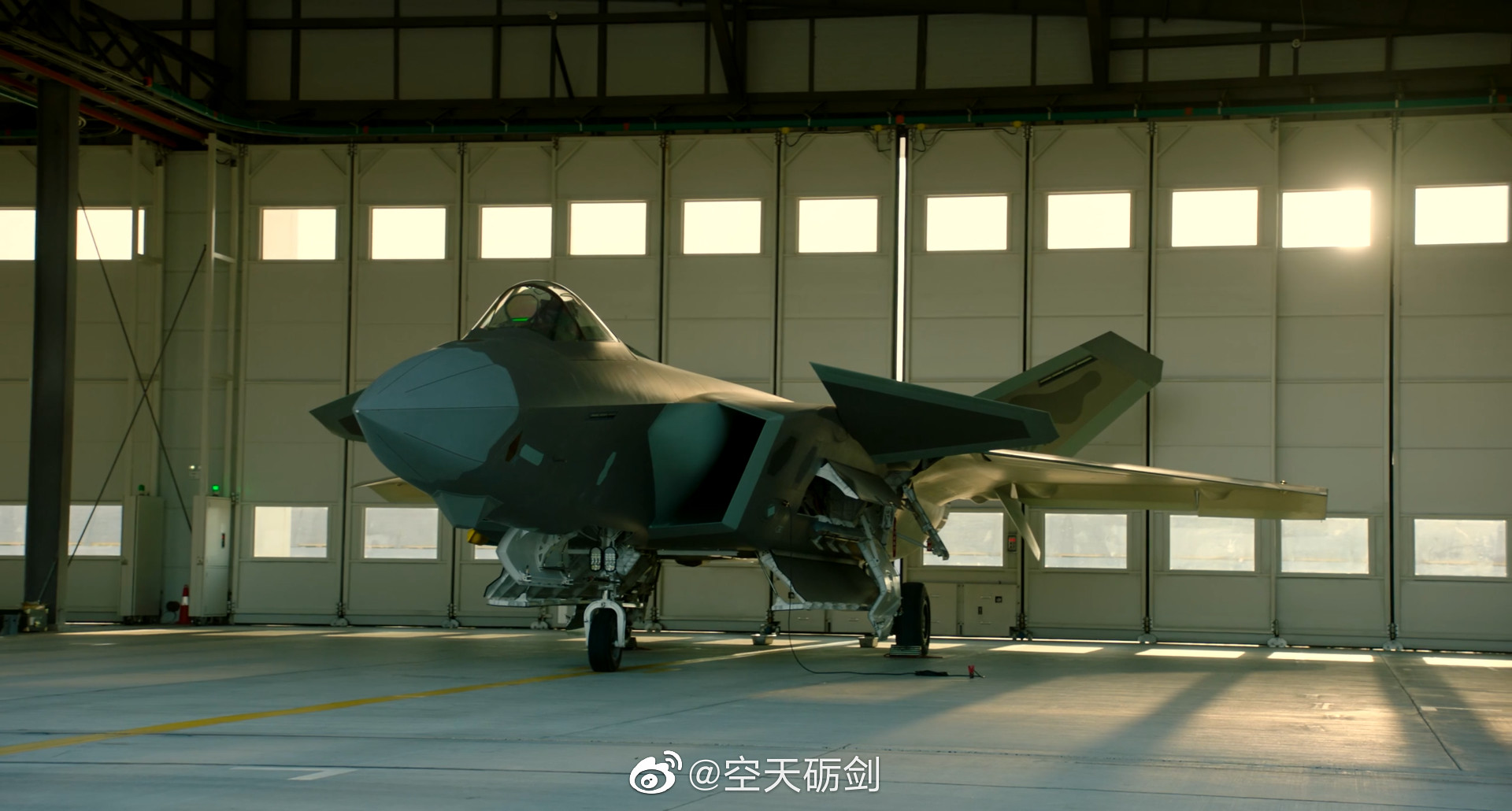true, do not alert your adversary until and unless you are fully ready.
perhaps China is waiting for the WS 15 engines to be ready then hit FRP ?
TBH I don't really understand this logic.
J-20 equipped with Al-31 or WS-10 will still be the most qualitatively capable fighter that the PLA will have in their inventory, and many times more capable than the next most capable fighter they have in service at present.
If I were the PLA, I would be seeking to quickly build as many new J-20s as I can to get them in service so my pilots and commanders can start employing them in more complex war games and to develop a more comprehensive 5th generation logistics support system earlier rather than later. Sure, these initial J-20s won't have WS-15s, but they're sure as heck far more capable than any of the 4+ generation fighters in inventory.
More importantly, 5th generation fighters are much more than just their engines and kinematic performance. Sensors, datalinking, stealth, weapons, and the way they enhance the combat capability of 5th generation fighters as well as combinations of 5th and 4/+ generation fighters, are all significant enabling factors for 5th generation fighters, and the only way to develop and accelerate the maturity of those technological domains as well as the tactics and strategy to exploit those new capabilities -- requires you to have enough fighters and pilots and logistics framework to develop the capabilities.
Not to mention those 5th generation fighters offer much enhanced real world combat capability than preexisting 4/4+ generation fighters.
The fact that over the past half year we've been seeing new J-20s produced from the factory with WS-10s after we saw at least two J-20s in previous years being tested with WS-10s (s/n 2021 and 2022?), suggests to me that the PLA plans to likely have a relatively significant production run of J-20s powered by WS-10s before producing J-20s with WS-15s somewhere down the line. Needless to say, it means they won't be producing J-20s with Al-31s (with WS-10s filling the role of a domestic interim engine).
By placing large, serious orders for J-20s with interim engines, it also allows the factory to invest more seriously into greater production capacity and achieve greater economy of scales for the J-20's common key subsuppliers who provide subcomponents and subsystems (airframe, stealth materials, avionics etc), such that when they move onto producing J-20s with WS-15s, their production rate is not limited by producing the rest of the aircraft but is only "limited" by the production rate of WS-15s.
All things considered I wouldn't be surprised if they end up building some 150-200+ J-20s powered by WS-10s until production shifts over to J-20s powered by WS-15s some time in the mid 2020s, at which point production of J-20 is likely to continue into the mid 2030s for a total run of some 700-800+ J-20s.
=====
The PLA is not new to acquiring fighters with "interim" capabilities in large numbers either, if said "interim" fighter is still the most capable they are able to acquire. While the rest of the world was fielding 4th generation aircraft in the late cold war, China was still ekeing out J-7 and J-8 variants as their most capable fighter.
However by developing and producing those aircraft, they were able to build up industrial capacity and expertise for J-10 and SAC-Flankers and later on J-20 and various other projects we are seeing today.
For J-20s powered by interim engines, the gap in capability is far, far smaller than what the PLA experienced during the cold war, however the principle still applies in terms of building up industrial capacity and expertise.

